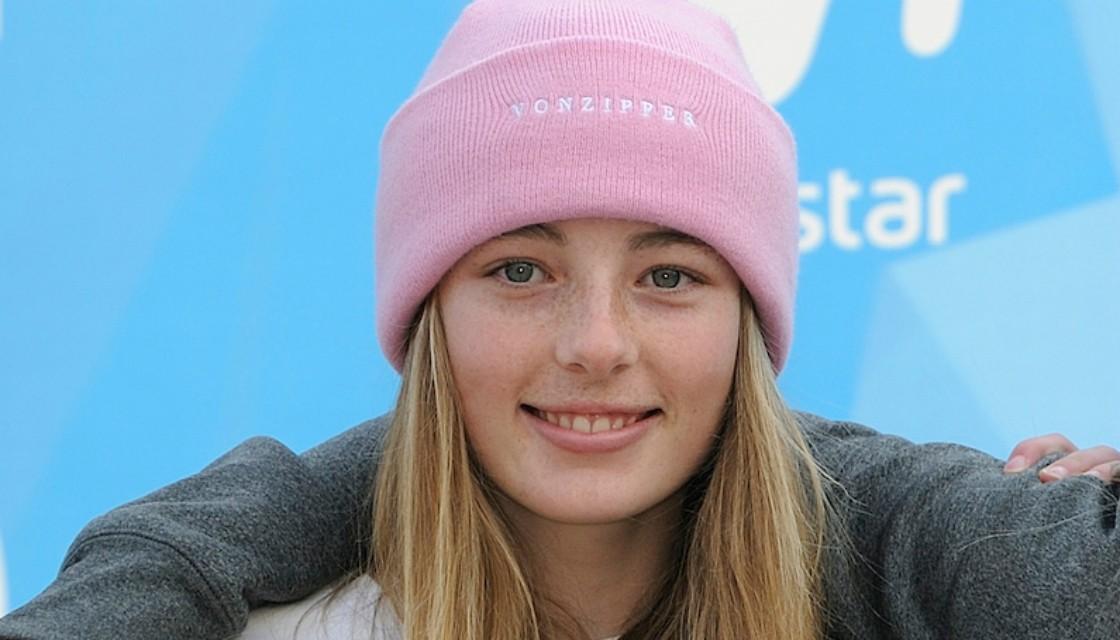Pyeongchang
0The Winter Olympics are great aren’t they? We can watch a whole heap of sports we only see every four years, bar stumbling across them when channel surfing, and for the general public the realisation that we do actually have Kiwis who compete in them.
At the Summer Olympics the old maxim has been that we’re really good at sports that involve water, sitting down, and going backwards (and latterly through Dame Val throwing things). At the Winter ones it seems our niche is in events where you get off the ground.
It’s hard not to be impressed by the efforts of Zoi Sadowski-Synott and Nico Porteous, two 16-year olds who in the space of a few hours tripled our Winter games medal tally with their respective bronzes adding to Annelise Coberger’s silver from Albertville in 1992. Behind that there’s a number of other meritorious performances; Beau-James Wells was a place behind Porteous in the skiing halfpipe in fourth, Carlos Garcia Knight fifth in the snowboard slopestyle and 10th in the Big Air, and at the long-track speedskating Peter Michael and his Joe Dirt mullet was fourth in the 5000m and led the team to the same finish in the team pursuit event. Rhys Thornbury came home 14th in the mens skeleton.
There were the tragedies. Jossi Wells was unable to compete and then there was the gutwrenching sight of Byron Wells crashing again the warmup for the halfpipe final after he’d qualified fourth for it, plus the anguish as Thornbury’s sled got away from him at the start of his last run, ruining hopes of a top-10 finish and Reyon Kay crashing out of the speed-skating mass start event where he was a legitimate medal chance.
The concerns? Emulating Coberger’s success in the traditional skiing events still seems a long way off, and Thornbury was our only competitor in the sliding ones – remembering we’ve fronted in the bobsleigh in the past.
Perhaps even more than the Summer sports, funding and getting to (and into) the northern hemisphere events is crucial, and unlike (say) rowing there isn’t that critical mass of people. Some sports led themselves to crossover athletes – Michael for instance came from a roller-skating background – so it might just be a question of encouraging inspired youngsters into the sports. But finding someone willing to take the leap into something like ski-jumping or cross-country skiing might be a Robertson brothers-esque adventure. Locally we can provide the entry point, but getting to advanced levels of competition and training will require vast wads of cash.
Putting that aside though, the moments I’ll remember? Nico Porteous alone counts for several; from being more gutted his brother Miguel missed out on the final than him making it to his reaction to nailing his run in the final and then when the score was shown. A few others – Beau-James Wells congratulating his young teammate knowing his best couldn’t tip him out of the medals, the shattered look on the face of the speedskaters after they almost executed a perfect smash-and-grab on the hosts in the semi-final, the look of utter shock on Czech Ester Ledecka’s face when she took the lead in the Women’s skiing Super Giant Slalom (a history-maker by simply competing in both skiing and snowboarding at the same games, she’d do an unprecedented double when she later won her preferred event, the snowboard parallel giant slalom), the ankle-busting winning goal in the shootout to decide the womens Ice Hockey gold by the US’s Jocelyne Lamoureux-Davidson, and the final gold-medal winning run by Shaun White, the greatest snowboarder there’s been.
Oh, and the editor of this website learning a whole new sporting language. I’m looking forward to Sportsfreak giving a demonstration of a right-sided switch 1080 corkscrew with Japan grab later this year.
Pyeongchang 2018 has been great, and we’ve got the young talent headlined by Sadowski-Synott and Porteous to make a real splash in Beijing in four years time. And hopefully soon enough we’ll have our own Winter Olympic champion.
Follow Scott on Twitter

